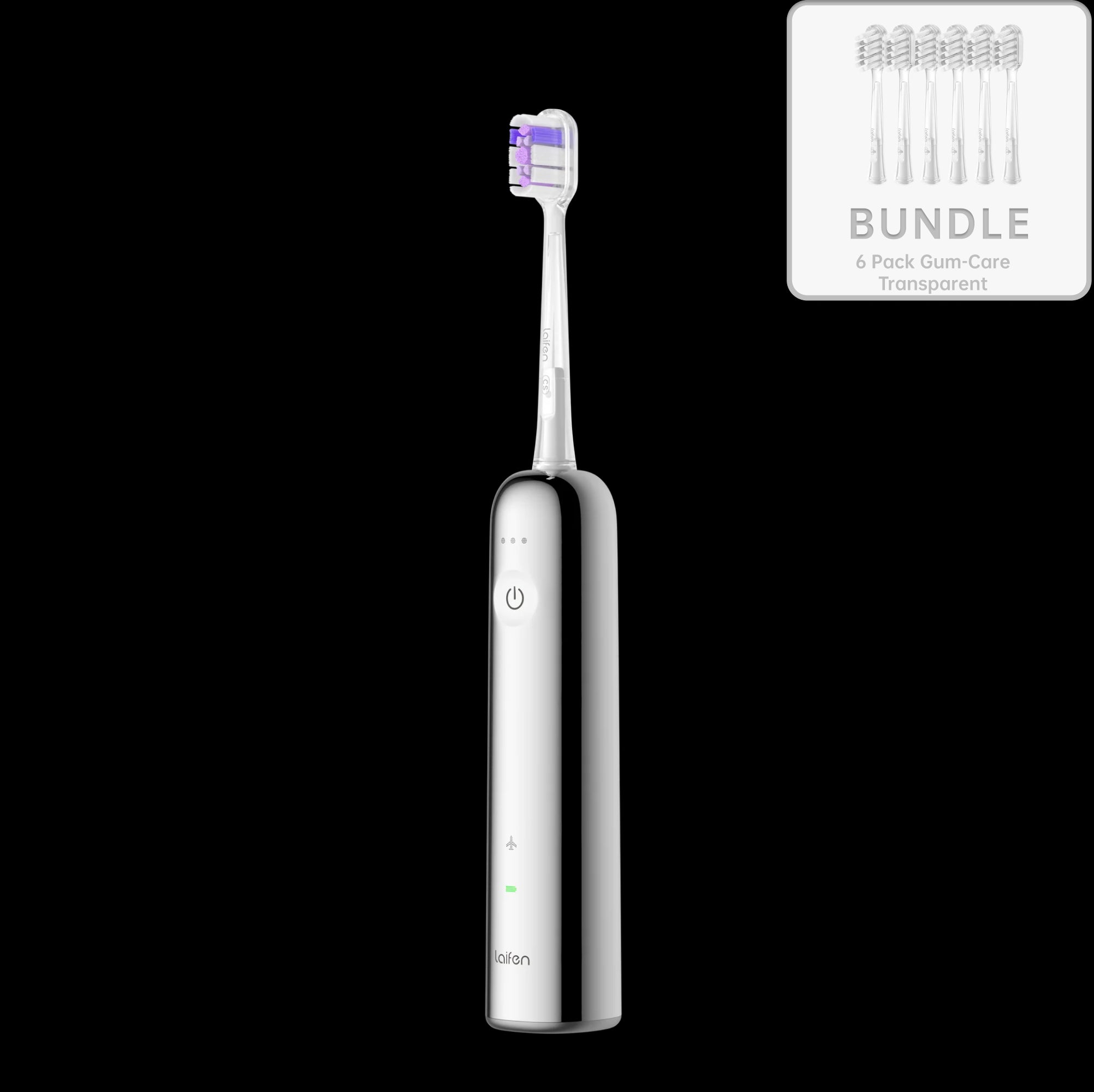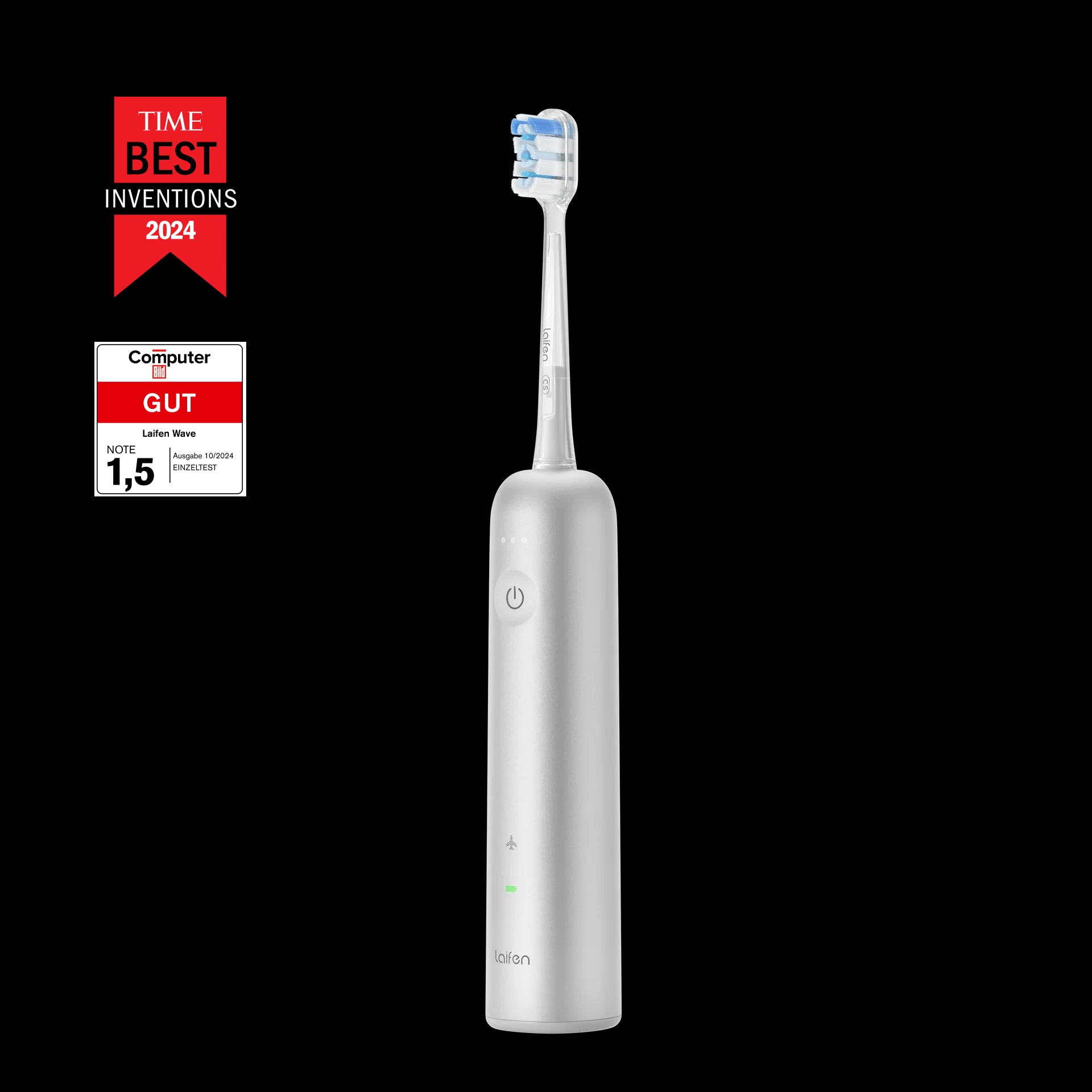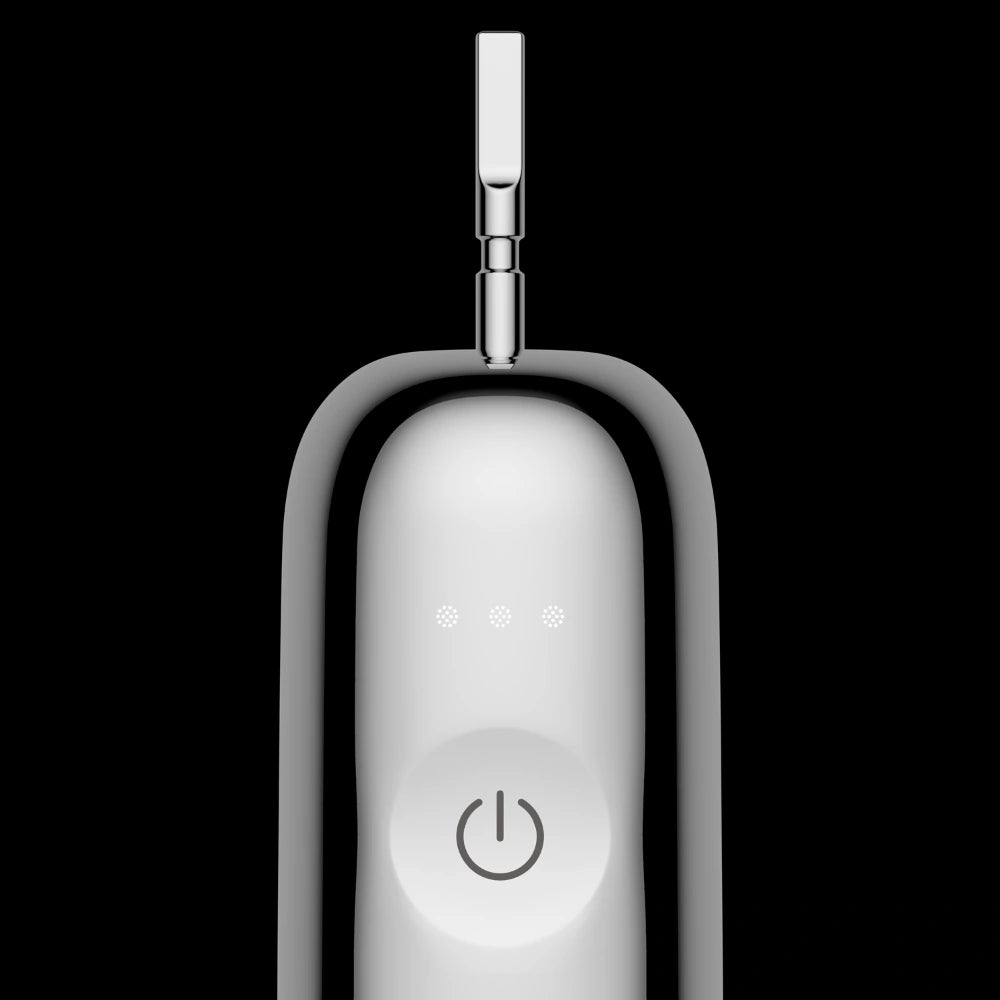
In this article
Gingivitis is a fairly common affliction that many people experience. It is usually caused by poor dental hygiene and is a form of gum disease.
In this article, we go beyond the brush and take a closer look at gingivitis and explore what you need to do if you experience swollen or bleeding gums.
We also answer some frequently asked questions about this form of gum disease and explain how your dentist might go about treating it.
What is gingivitis?
Gingivitis is a form of gum disease, often known as periodontal disease. If you have gingivitis, you are likely to experience swelling and bleeding of the gums, particularly when brushing or flossing.
The condition takes its name from the gingiva, which is the area of your gum that surrounds the base of your teeth. If you look in the mirror, you can typically see a swelling of the gingiva if you are suffering from gingivitis.
If you don't brush your teeth thoroughly every day and forget to floss, you are more at risk of gingivitis than other people.
Symptoms to be aware of
As noted, the easiest way to tell if you have gingivitis is to look at the gums at the bottom of your teeth. If they are red, it is a sign that you have gum disease.
Also, if your gums bleed when you brush your teeth or floss, this is another sign that you may have gingivitis. Bad breath is another potential symptom, but it could also be a sign of several other oral or dental issues.
As gingivitis is a mild form of gum disease, it's important to seek treatment as soon as you notice it, to prevent the condition from getting worse. If you leave it without treatment, you may develop periodontitis, which is a more severe type of gum disease.
What is the cause of gingivitis?
Poor oral hygiene is the main cause of gingivitis in most adults. If you fail to brush your teeth thoroughly and don't floss regularly, plaque is likely to form on your teeth. This is a sticky film made from bacteria and it damages both the teeth and gums.
Over time, plaque turns into tartar, which hardens and affects your gum line. This then leads to the irritation and swelling of your gingiva and the onset of gingivitis.
Note that if you don't do something about it, gingivitis can lead to more severe gum disease, tooth decay, and potentially even tooth loss.
As well as poor dental hygiene, the following things can increase your risk of developing gingivitis:
-
Smoking or chewing tobacco regularly
-
Crooked or damaged teeth
-
Some prescribed medications and illegal drugs
-
Poor nutrition and a lack of Vitamin C in the diet
What is gingivitis treatment?
So, what is the treatment for gingivitis? Well, let's start with prevention. Maintaining excellent dental hygiene is the best way to stave off gingivitis and keep your teeth and gums healthy.
You should brush your teeth twice daily with an electric toothbrush like the Laifen Wave. You also need to floss at least twice a day to remove bacteria and debris from between your teeth to prevent the build-up of plaque.
Then, make sure you use an antibacterial mouthwash twice every day. You should swill your mouth with the mouthwash for 20-30 seconds to remove bacteria.
However, if oral hygiene isn't enough and you have developed gingivitis, you need to book an appointment with your dentist.
The dentist will perform a deep clean of your teeth, removing any plaque and tartar that is on the gum line. This will prevent the condition from developing into more serious gum disease and enable a full recovery.
Your dentist will then recommend the best way to look after your teeth and gums going forward to prevent gingivitis from occuring again.
This will also include regular trips to a dental hygienist to keep your teeth and gums in great shape.
The verdict
Gingivitis is a mild form of gum disease that is usually caused by poor dental hygiene. Thankfully, it is easily remedied by a visit to the dentist, who will remove the buildup of plaque and tartar from your gums.
To prevent the issue from occurring again in the near future, you will need to improve the way you look after your teeth and gums, in line with your dentist's recommendations.
FAQ
Q1: What is the difference between gingivitis and periodontal disease?
Gingivitis is a mild form of gum disease, while periodontitis is much more severe. Gingivitis results in the swelling and bleeding of gums, while periodontal disease causes your gums to recede and there may even be deep pockets between your teeth.
Q2: What is the best antibiotic for gingivitis?
Your dentist may prescribe an antibiotic to treat gingivitis, including metronidazole, which is commonly prescribed.
Q3: What is a gingival recession?
A gingival recession is the exposure of the roots of your teeth, caused by recession of your gums. It is more severe than gingivitis.
Q4: What is gingival hyperplasia?
Gingival hyperplasia is also known as gum enlargement, and it results from the abnormal growth of gingival tissues.
Q5: What is gingival irrigation?
This is a type of dental procedure to disinfect pockets in the gums. It is a way that some periodontists use to remove the buildup of plaque and tartar to treat gum disease.



























